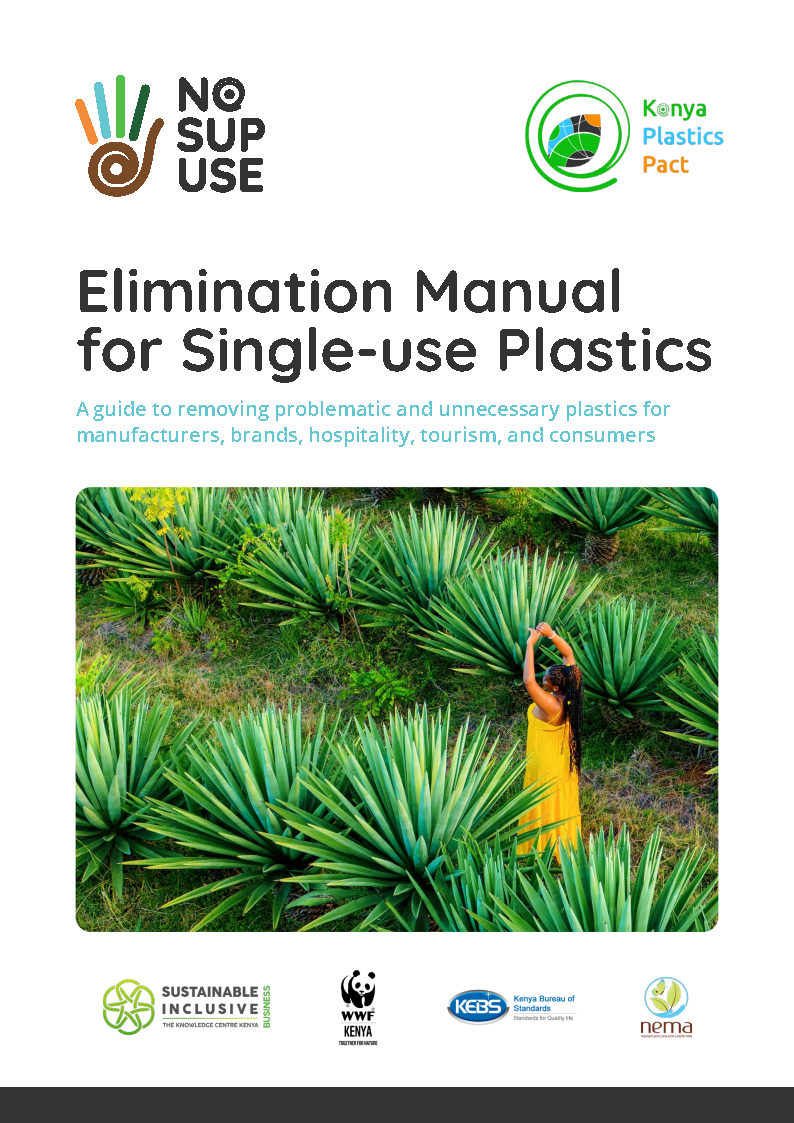The “Elimination Manual for Single-use Plastics” serves as a guide for manufacturers, brands, hospitality, tourism, and consumers on removing plastics that are problematic or unnecessary. The manual establishes a Clarion Call based on a core set of strategies: REFUSE, REDUCE, REPLACE, REUSE, and REFILL.
The Plastic Pollution Crisis and Systemic Issues
Plastic pollution is identified as one of the most severe threats to the planet’s health, widely impacting ecosystems, biodiversity, and human well-being. Single-use plastics (SUPs) drive this crisis, which largely stems from unsustainable business practices that prioritize convenience and low-cost production over environmental responsibility.
Systemic Dependence and Projections: Many companies rely heavily on non-recyclable or hard-to-recover plastic packaging, perpetuating a linear “take-make-dispose” model. Global plastics use is projected to almost triple, rising from 460 million tonnes in 2019 to 1,231 million tonnes by 2060. Concurrently, plastic waste generation is expected to rise from 353 million tonnes to 1,014 million tonnes by 2060.
Environmental and Health Impacts: Once in the environment, SUPs clog drainage systems, worsen urban flooding, and degrade into microplastics. These microplastics contaminate soil and water, absorb and release toxic chemicals, and enter the human food chain, posing health risks. Beyond environmental harm, plastic pollution causes economic losses in critical sectors such as tourism, agriculture, and fisheries.
Circular Economy Interventions
Phasing out problematic and unnecessary SUP packaging is essential to shift communities away from disposable plastics toward more durable, reusable, and recyclable packaging solutions, driving the transition toward a circular economy.
Business and Industry Interventions: Businesses are urged to prioritize reduction, reuse, and recycling through several key interventions:
- Sustainable Alternatives: Transitioning from SUPs to environmentally friendly, durable materials such as bamboo, glass, or stainless steel.
- Recycled Content: Adopting packaging with a high percentage of recycled content, such as rPET or rHDPE, to reduce dependence on virgin plastics and support Extended Producer Responsibility (EPR) requirements.
- Refill and Reuse Systems: Establishing models like in-store dispensing machines or encouraging customers to bring their own refillable containers (bottles, jars, or glass containers).
- Communication: Developing engaging campaigns, utilizing hashtags like #RefillRevolution or #PlasticFreeKenya, to promote reduction and influence consumer behavior.
- Incentives: Introducing incentives like loyalty points, discounts, or deposit-return systems for consumers, and providing tax benefits or green financing for businesses engaged in circular innovations.
Kenya-Specific Efforts: The Kenya Plastics Pact (KPP) is working to accelerate packaging circularity by developing Design Guidelines for the Recyclability of PET and HDPE Bottles and introducing a Priority List for The Elimination of Problematic and Unnecessary Plastic Items. The #LetsBeClear Challenge promotes switching from colored to clear PET bottles, which are easier to recycle and hold higher market value.
Individual Interventions and Specific Item Elimination
Individuals must adopt sustainable habits, summarized by the following actions:
- REFUSE: Say no to SUPs like straws and bags, choosing reusable options.
- REDUCE: Buy only what is needed and choose bulk or items with less plastic packaging.
- REUSE: Carry reusable items like shopping bags or coffee cups.
- RECYCLE: Sort and dispose of plastics correctly.
- REMIND: Spread awareness to friends, family, and businesses.
The manual details strategies for eliminating specific problematic items, focusing on replacement, reuse, and refusal:
| Item Category | Problem/Status | Elimination Strategy & Alternative Materials |
|---|---|---|
| Disposable Cups, Plates, Bowls | Short lifespan, high volume waste. | Replace with eco-friendly options (paper, bamboo, bagasse, palm leaves) or durable materials (glass, ceramic). |
| Disposable Cutlery | Lightweight, easily contaminated, limited recyclability. | Refuse and Eliminate; Replace with wood, bamboo, stainless steel, or sugarcane bagasse. |
| Plastic Stirrers | Create unnecessary waste. | Switch to biodegradable options (paper, bamboo) or reusable options (stainless steel). |
| Plastic Cotton Bud Sticks | Significant contributor to litter in waterways. | Eliminate; Replace with biodegradable paper, wood, or reusable silicone swabs. |
| Plastic Straws | Problematic and unnecessary. | Refuse (“Just SIP IT!”); Replace with paper, bamboo, or reusable stainless steel. |
| PET Bottles (in hospitality) | Contributes high volume of SUPs waste. | Refill dispensing systems for soap; Serve water in glass jugs; Design for recyclability (avoiding colored plastics and adhesives). |
| Polystyrene (PS) Packaging | Non-recyclable in Kenya; poses major risks. | Refuse all PS; Replace with plant-based alternatives (cornstarch, moulded paper pulp) or reusable glass/HDPE containers. |
| PVC and EPS Packaging | Not currently recycled in Kenya due to lack of infrastructure. | Replace with biodegradable, compostable, or paper-based packaging. |
| Plastic Multi-Wraps | Unnecessary secondary packaging. | Refuse; Replace with cardboard sleeves or biodegradable films; Use reusable crates. |
The manual emphasizes that disposable plastics are cost-effective and convenient in the short term, but their environmental impacts are severe and long-lasting, resulting in the accumulation of microplastics that persist for decades.
